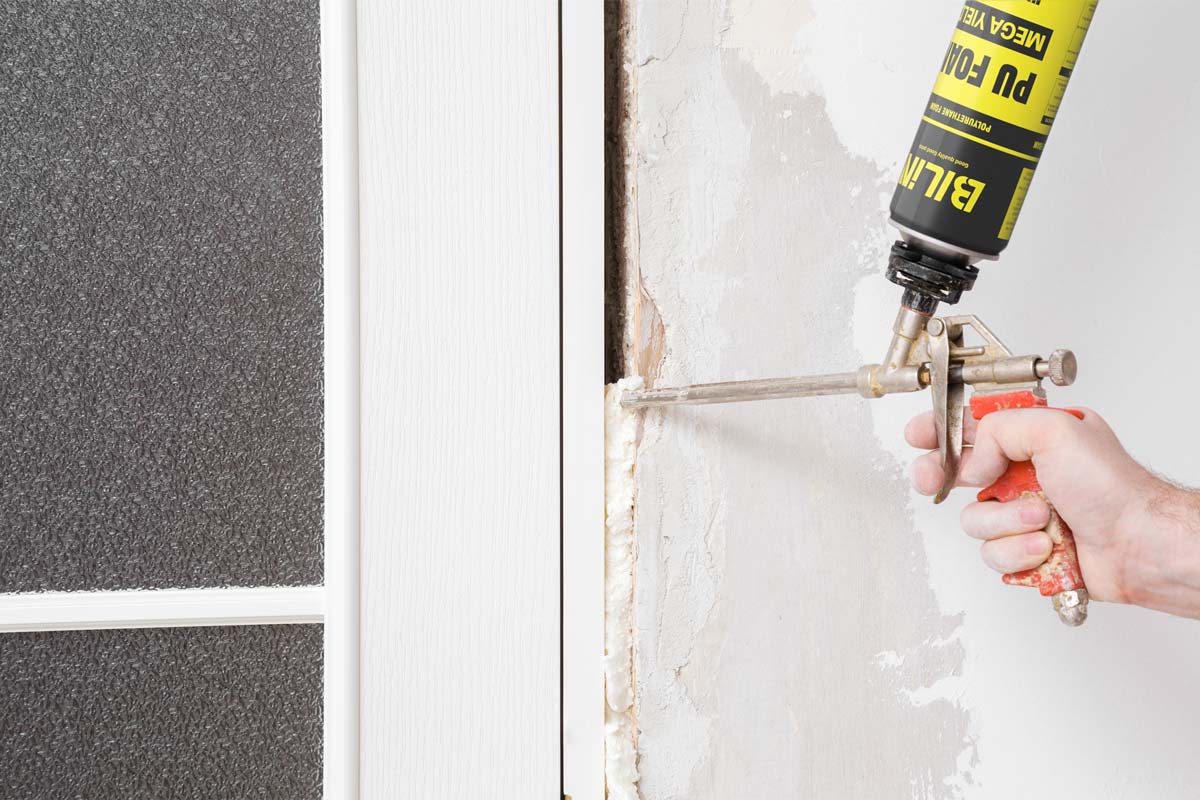2024-07-24
Market prospects of one-component polyurethane foam

The market for one-component polyurethane foam has been growing steadily, driven by the increasing demand for energy-efficient construction materials and the rise in home renovation projects globally. Here’s an overview of the market prospects:
1.Growing Construction and Renovation Sector
Residential Construction: There is a growing emphasis on energy efficiency, which has boosted the demand for insulation products like polyurethane foam. In both new builds and renovation projects, the need to seal gaps and improve thermal insulation is a key driver.
Commercial & Industrial Buildings: Polyurethane foam is also gaining traction in commercial and industrial spaces, where energy efficiency and noise reduction are crucial. Its ability to provide both thermal and acoustic insulation makes it highly valuable in these sectors.
2.Energy Efficiency and Sustainability
Energy-saving Policies: Governments worldwide are introducing stricter energy efficiency regulations for buildings. Products like one-component polyurethane foam, which help minimize heat loss and reduce energy consumption, are in demand due to these regulations.
Eco-friendly Options: With the growing concern over environmental impact, the demand for low-VOC (volatile organic compound) and eco-friendly versions of polyurethane foam is increasing. Manufacturers are developing formulations that emit fewer harmful substances, meeting both regulatory standards and consumer preferences.
3.Expanding Use in Automotive and Industrial Applications
Automotive: In the automotive industry, polyurethane foam is used for insulation, sealing, and soundproofing in vehicle assembly. The increasing demand for electric vehicles (EVs), which require better thermal management, is expected to further drive the adoption of polyurethane foam in this sector.
Industrial: In manufacturing, polyurethane foam is used for insulation of machinery and in the packaging industry for shock absorption.
Development Trends in PU Foam
1. Technological Advancements
Improved Performance: There is a trend toward developing high-performance foams that offer superior insulation, faster curing times, and better adhesion to a wider range of surfaces.
Low-Shrinkage and High-Density Options: As consumer demands for long-lasting, high-quality products increase, manufacturers are focusing on producing polyurethane foams that have less shrinkage and better durability over time.
Multi-Purpose Formulations: Development of multi-purpose formulations that can be used in a variety of applications (from sealing to insulation to bonding) is gaining popularity, providing added value to consumers and professionals alike.
2. Focus on Health and Safety
Low VOCs and Odorless Products: As health and safety regulations become more stringent, the market is witnessing an increase in low-VOC and odorless one-component polyurethane foam options. These products are safer for both consumers and workers in construction environments.
Fire Retardant Foams: Fire-resistant formulations of polyurethane foam are becoming more important, particularly in regions with strict fire safety codes.
3. Automation and Smart Packaging
Ease of Use: The market is moving towards creating products with more user-friendly packaging, making it easier for non-professionals to use polyurethane foam for DIY projects.
Automation in Production: Increased automation in production facilities is driving down costs, which could further widen the product’s adoption across various markets.
4. Growth in Emerging Markets
Asia-Pacific: The Asia-Pacific region, particularly countries like China and India, is experiencing rapid urbanization and infrastructure development. This is likely to boost the demand for one-component polyurethane foam in both residential and commercial construction projects.
Latin America and Africa: These regions are expected to see increasing demand for affordable and efficient insulation products due to growing construction activities and urbanization.
Challenges
Despite its growth prospects, the one-component polyurethane foam market faces challenges such as:
Raw Material Cost Fluctuations: The price of raw materials like isocyanates and polyols can be volatile, impacting production costs.
Environmental Impact: While the demand for eco-friendly versions of polyurethane foam is rising, fully sustainable production and disposal methods remain an ongoing challenge.
Conclusion
Overall, the market prospects for one-component polyurethane foam are strong, with growing demand in construction, automotive, and industrial sectors driven by the need for better insulation, energy efficiency, and sustainability. The development trends highlight technological advancements, an emphasis on safety, and the expansion of the market in emerging economies. As environmental concerns rise, manufacturers will likely focus on creating greener alternatives, which will shape the future of this product.





 0086 166 0381 2731
0086 166 0381 2731  info@bilinmfg.com
info@bilinmfg.com 






